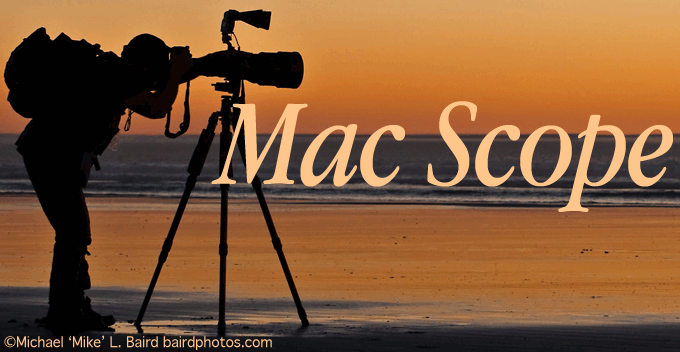2002: According to Apple, Mac OS 9 will not be a boot option for 2003 Macs. While this is a reason to rejoice, when you move forward, you always leave something behind.

There are many people who just don’t like Mac OS X and plan to stick with OS 9 until the bitter end. In my humble opinion, this is completely understandable. The same thing happened when Apple moved to PowerPC CPUs. The same thing happened when Apple went Platinum.
Things change, and people don’t necessarily like it.
What will we lose when OS 9 is no longer a startup option? Well, that brushed platinum look will be gone forever. We’ll be stuck with candy-colored widgets and buttons for the foreseeable future. While I’m certain that some will manage to recreate the old OS through various add-ons (witness the return of the Happy Mac in OS X 10.2 Jaguar), for the most part, people will move on as technology herds us ever forward.
That’s just the way things go. I use Classic rarely these days, if at all. The only app that sees regular use that is not yet ready for OS X is Adobe FrameMaker. With any luck, the FrameMaker for OS X timetable has been shortened to accommodate the switch to OS X only.*
This same hope goes for other software laggards. Notably Quark XPress, which only managed to include a platinum interface when OS X 10.1 was introduced. Will this change in direction encourage the software sloth (Quark) to finally get with the program?**
Ultimately, OS X only will produce a number of benefits for Mac users. Developers might feel more comfortable developing OS X native apps if they have a strong guarantee that people won’t be using OS 9 as their main OS. Because of this, programs will become a little more stable, a little quicker, and take advantage of the full range of OS X features (which not all Carbonized applications can do).
For those of us who’ve been around the “OS upgrade” block a few times, moving to OS X will be much like the jump from 680×0 chips to PowerPC. In the beginning, things were a bit rough. Programs written for both architectures weren’t the most stable, and some people complained. Eventually, though, the new PowerPC apps just became part of the landscape. People enjoyed the new OS more than they thought they would, and eventually, all that 680×0 stuff was forgotten.
The same will happen with this “forced migration”. Many people will complain, but eventually, the need to be productive will outweigh the need to keep the flame burning. Some diehards will refuse to part with the old OS, but the vast majority will remember the good times and move on.
And then, when things move far enough along, a new crop of people won’t have a clue what you’re talking about when you say something about a Type 11 error. And that’s good.
* As a former FrameMaker user, I am sad to report that Adobe never ported FrameMaker to Mac OS X and completely dropped Macintosh support in April 2004. FrameMaker was originally developed for use on Sun computers in 1986, and Macintosh was its second platform, launched in 1990. It came to Windows in 1992, and there was even a NeXTstep version at one time.
The Classic Mac OS version really came into its own when the first PowerPC Macs shipped, and for certain book design projects, it was light years ahead of Quark XPress. In fact, Apple got a double whammy when Adobe discontinued FrameMaker for Mac because Apple used FrameMaker in-house for its manuals and documentation. Apple continued to use FrameMaker in Classic Mode until that was no longer an option and then moved to Adobe InDesign.
** Quark XPress was launched on the Macintosh in 1987 and didn’t come to Windows PCs until 1992. Quark had a sloth-like release schedule, delayed releasing an OS X native version, and absolutely got trounced by Adobe InDesign, which was included in Adobe Creative Suite.

